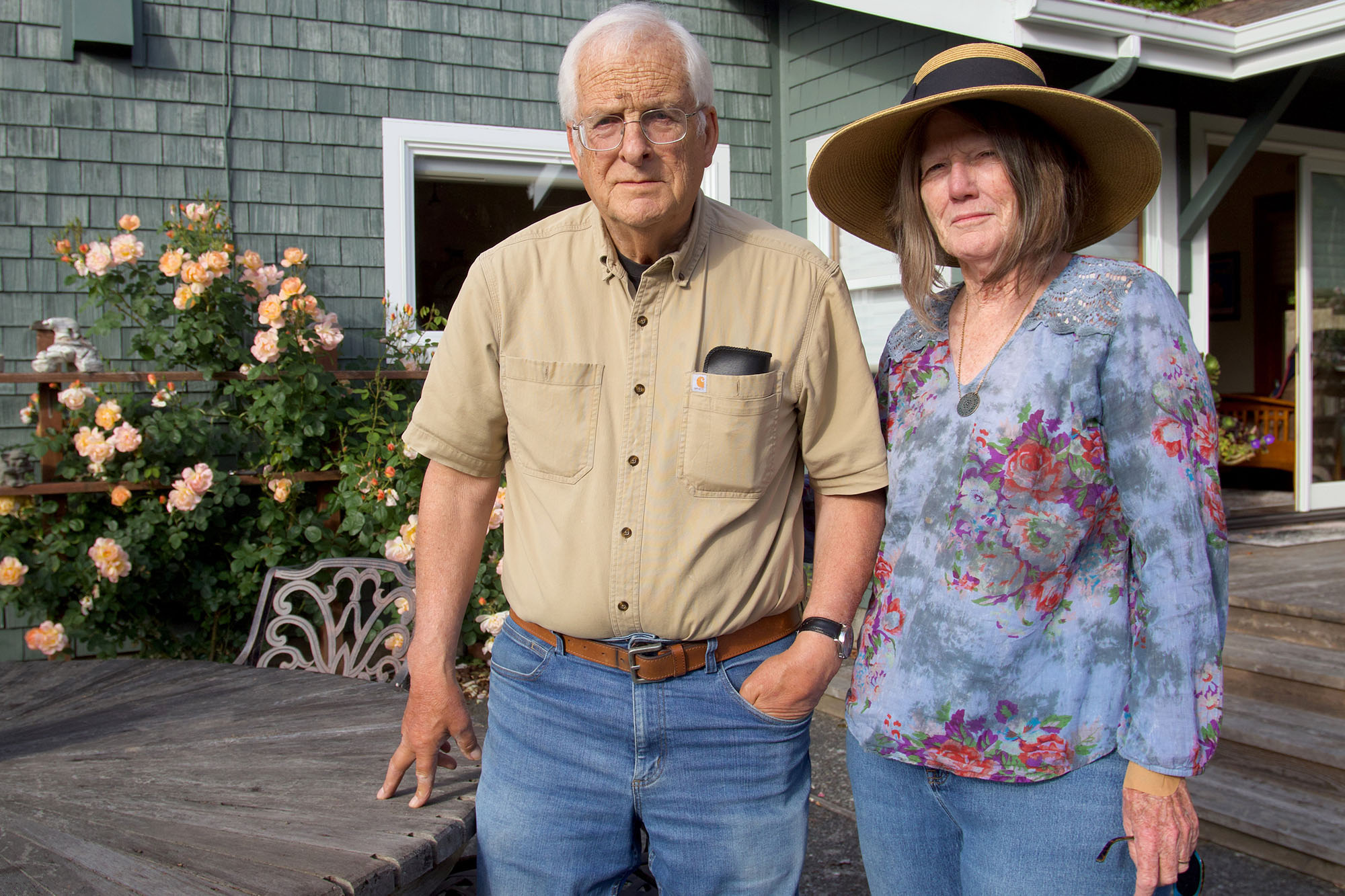Community paramedicine seeks to improve the effectiveness and efficiency of health care delivery by partnering specially trained paramedics with other health care providers to meet local health care needs. Community paramedics receive additional training beyond what is required for paramedic licensure and provide care outside of their traditional role, which in California is restricted to responding to 911 calls and transporting patients to an acute care hospital emergency department (ED) or performing interfacility transfers. A major goal of community paramedicine is to address an overloaded system of emergency care by capitalizing on the unique abilities of paramedics and emergency medical services systems to provide alternatives to ambulance transports and ED visits.
California’s Community Paramedicine Pilot Projects
In 1972, California established the Health Workforce Pilot Project (HWPP), a visionary program administered by the California Office of Statewide Health Planning and Development (OSHPD) that waives scope of practice laws to test and evaluate new and innovative models of care. In November 2014, OSHPD approved HWPP #173, a project sponsored by the California Emergency Medical Services Authority (EMSA). Read about the six concepts being tested or download a PDF of the summaries under Related Materials below.





